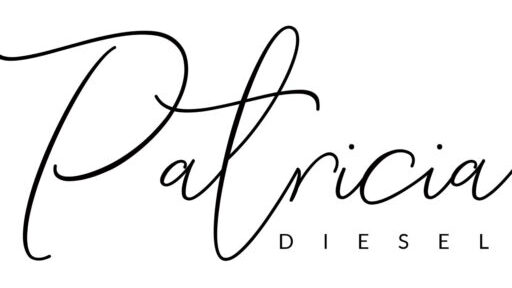Introduction:
Hoarding disorder has long been misunderstood, often dismissed as simple clutter or a lack of willpower. However, the truth runs deeper: hoarding is a complex condition intertwined with our mental and emotional well-being. As seen on the popular A&E series Hoarders, each case holds a story of struggle, trauma, and the human spirit, shedding light on the unseen battles many face.
In this post, we’ll explore how hoarding not only impacts daily life but can also disguise and mimic other mental health conditions, leading to misdiagnoses or overlooked struggles. I’ll also share a sneak peek into my new book, P.O. Confidential: Untold Stories from a Professional Organizer, which delves into the emotional layers of clutter and transformation.
Section 1: The Psychological and Emotional Toll of Hoarding
Hoarding is more than holding onto physical items—it’s often rooted in emotional pain, trauma, or anxiety. According to studies, those with hoarding disorder frequently experience depression, PTSD, or generalized anxiety disorder. The clutter becomes a physical manifestation of deeper, unresolved issues.
Link to Related Articles:
Section 2: How Hoarding Disguises Other Mental Health Conditions
Hoarding disorder can mimic symptoms of OCD, ADHD, and even dementia. Disorganized environments can make it difficult for people to focus, leading some to believe they have attention disorders, while the anxiety linked to hoarding may be mistaken for generalized anxiety or OCD.
Understanding these overlaps is crucial for effective intervention and treatment. As the show Hoarders has often revealed, it takes a compassionate, multifaceted approach to truly help those suffering.
Section 3: A Personal Perspective – P.O. Confidential
In my upcoming book, P.O. Confidential: Untold Stories from a Professional Organizer, I share stories of clients whose lives were deeply impacted by hoarding. These stories aren’t just about physical clutter—they’re about uncovering the emotions and mental barriers beneath.
One memorable story features a client whose hoarding was deeply connected to grief and fear. Working together, we discovered how these unaddressed feelings had manifested in her environment. The book dives into how decluttering became a journey of emotional healing.
Conclusion: Breaking the Stigma and Seeking Support
Understanding hoarding requires empathy and a willingness to see beyond the clutter. If you or someone you know is struggling, remember that help is available. From professional organizers to mental health experts, a holistic approach can pave the way for change.
Stay tuned for more insights in P.O. Confidential, where I shed light on the real-life transformations that happen when we simplify our spaces—and our minds.
Join the Waitlist for P.O. Confidential Here!
Call to Action: If you’ve been inspired by the stories on Hoarders or want to learn more about the intersection of mental health and clutter, share your thoughts below or reach out. We’re all on this journey together.



